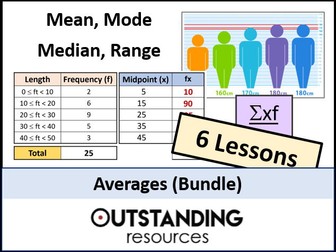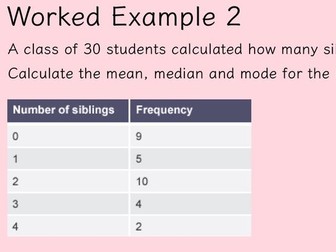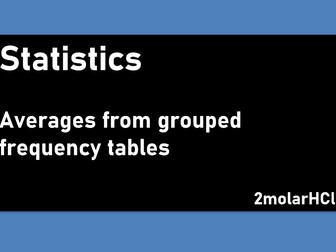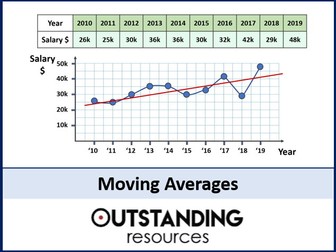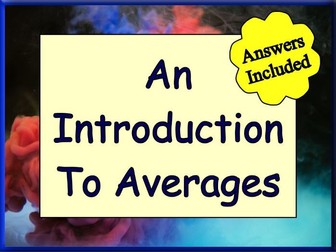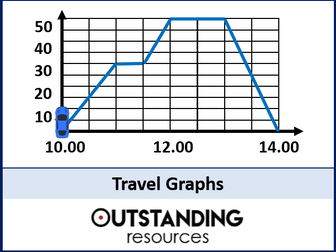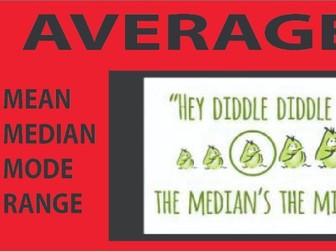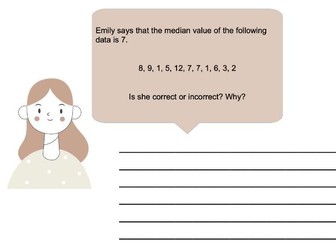Bundle

Averages Bundle
This is a Fantastic SIX LESSONS on averages from grouped and non-grouped data as well as an excellent lesson on moving averages. This is an area that is done poorly by students, in particular the estimated mean, so it is worth teaching this thoroughly, which this bundle does. It is also great for home learning.
Lesson 1 - Basic Averages (mode, median, mean) and the Range
Lesson 2 - What average is best (rich task)
Lesson 3 - Finding the mean and median from a Frequency Table
Lesson 4 - Estimated mean (grouped data)
Lesson 5 - Grouped vs Non Grouped data (practical lesson)
Lesson 6 - Time series graphs and Moving Averages
ALSO:
+ Please provide a RATING with written feedback
+ Please email outstandingresourceshelp@gmail.com if there are any issues and we will respond within 24 hours
+ Lessons are flat-packed (limited editing) for copyright purposes
Thank you in advance for your support, purchase and feedback
#mathslessons #maths #secondarymaths #mathscenters #teachingideas #algebra #teacherslife #teachingkids #teachingmaths #mathsactivities #homeschooling #tesresources #teaching #mathsisfun #teachershare #teachertips #teachers #KS3 #KS4 #KS5 #igcse #learning #gcsemaths
